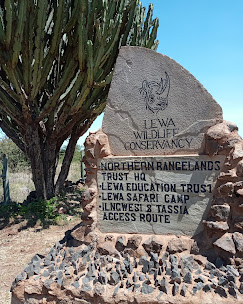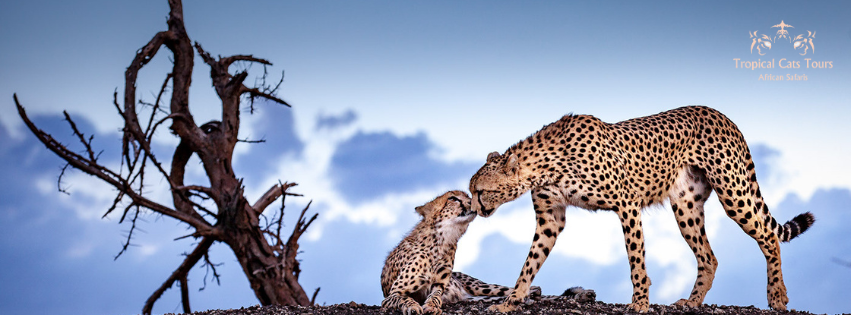
Lewa Wildlife Conservancy: A Haven for Wildlife Conservation
Introduction:
In the heart of Kenya’s beautiful Laikipia region lies a true testament to the power of conservation efforts: the Lewa Wildlife Conservancy. Established in 1995, this stunning landscape serves as a sanctuary for endangered wildlife and acts as a model for community-driven conservation initiatives. With its remarkable success in protecting wildlife and fostering sustainable development, Lewa Wildlife Conservancy has become a beacon of hope for conservationists worldwide.
A Rich History:
Lewa Wildlife Conservancy has a rich history that dates back to 1983 when the Craig family, committed to wildlife conservation, transformed their cattle ranch into a sanctuary for the endangered black rhino. Over time, the conservancy expanded its efforts to protect a diverse range of wildlife species and ecosystems.
Biodiversity and Wildlife Conservation:
Lewa Wildlife Conservancy spans over 62,000 acres of pristine wilderness, featuring diverse habitats such as grasslands, acacia forests, and riverine vegetation. This ecological diversity supports a wide array of wildlife, including the iconic African elephant, lion, leopard, cheetah, Grevy’s zebra, and more than 130 species of birds. However, one of the most significant conservation success stories of Lewa is the recovery of the critically endangered black rhino population. Through rigorous anti-poaching efforts and habitat management, Lewa has become a sanctuary for these magnificent creatures, allowing their numbers to flourish.
Community Empowerment and Sustainable Development:
One of the key pillars of Lewa Wildlife Conservancy is its commitment to community involvement and sustainable development. The conservancy recognises that successful conservation cannot be achieved without the support and active participation of local communities. Through various programs, such as education, healthcare, and livelihood initiatives, Lewa has empowered neighboring communities, creating a harmonious relationship between humans and wildlife. This approach has not only improved the lives of local people but also fostered a sense of ownership and stewardship towards conservation efforts.
Anti-Poaching and Security Measures:
Lewa Wildlife Conservancy employs a highly effective anti-poaching unit that ensures the safety and protection of wildlife within its borders. The conservancy’s rangers, equipped with state-of-the-art technology and rigorous training, patrol the area day and night, deterring poachers and mitigating the threat of illegal wildlife trade. The success of their efforts is evident in the increased populations of endangered species, like the black rhino and Grevy’s zebra.
Conservation Tourism:
Lewa Wildlife Conservancy offers visitors a unique opportunity to experience the African wilderness up close while contributing to conservation efforts. Through responsible tourism, visitors can explore the conservancy’s vast landscapes, embark on thrilling game drives, take guided walks, and even participate in behind-the-scenes conservation activities. The revenue generated from tourism plays a crucial role in funding the conservancy’s ongoing conservation and community development projects.
Conclusion:
Lewa Wildlife Conservancy stands as a shining example of what can be achieved when dedicated individuals, communities, and organizations come together for the sake of wildlife conservation. Its holistic approach, combining biodiversity protection, community empowerment, and sustainable development, has proven to be a winning formula. As we continue to face environmental challenges and the loss of precious wildlife, Lewa’s success story serves as a beacon of hope and inspiration, reminding us of the profound impact that conservation can have on our planet’s future.
